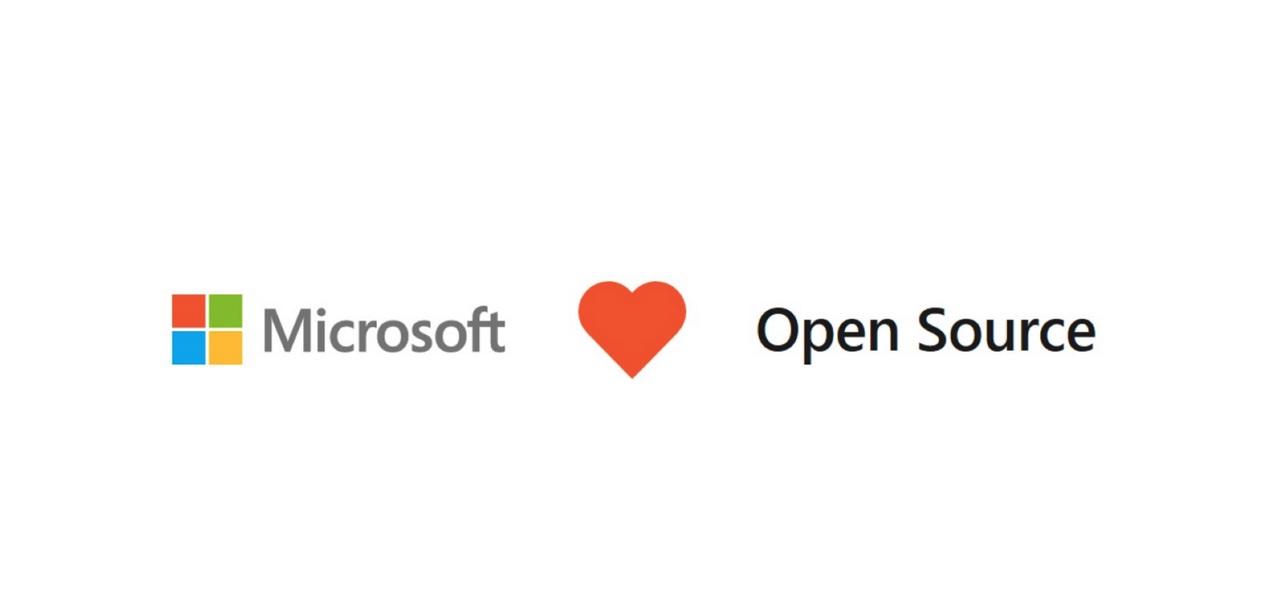The competitive IaaS landscape continues to change and this has had an indelible impact on the hosting market. We take a look at the recent movements and discuss the key trends that are currently in motion and set to shape the competitive dynamics of the future.
• Increasingly uneven playing field
The biggest impact is an increasingly uneven playing field created by the massive-scale cloud. Amazon, Google and Microsoft have scale and resources that hosters will not be able to match over the long-term. They can drive unit costs lower than previously imagined, hire more development talent, procure more capex and even incur losses on an ongoing basis. The recent price cutting frenzy is indicative of where this market is going. Raw and low-cost cloud infrastructure is going to be an increasingly tougher market.
• Competing on pricing no longer viable strategy in mass-market
Competing on price will be a thing of the past soon than later and this pertains most immediately to raw compute and storage. Hosters are not going to compete on price against Amazon, Google or Microsoft.
• More specialization for hosters
More of the smaller independent hosters will become increasingly specialized. They will get out of tightening markets and find use cases, requirements and verticals they can serve well and that the larger players do not excel in.
• Pushing focus of hosters to value-add
The changes have forced the hosting sector to focus more heavily on value-add. Not being able to compete on scale and resources means driving value-add and margin on top of raw infrastructure. Margin is required to make up for the edge given up when it comes to scale and value-add is crucial for differentiation and solving problems and addressing use cases that favour the smaller more nimble provider.
• Creating new products that build on scale
The presence of massive-scale has created opportunity to build value on top of it. Hosters are doing this by taking on a more of an MSP role and managing existing infrastructure running on massive-scale platforms. They are also using massive-scale to build products.For example, some hosters are backing up servers to S3 or using it to create DR products. Others are building hybrid environments: colocation and cloud for example. In these scenarios the common denominator is scale – provided by an Amazon of Microsoft – with the hoster building value and differentiation on top.
To continue the discussion, meet me at Open-Xchange Summit, Munich, on September 18.
*Disclosure: Open-Xchange is a Structure Research subscriber




-png-2.png)
